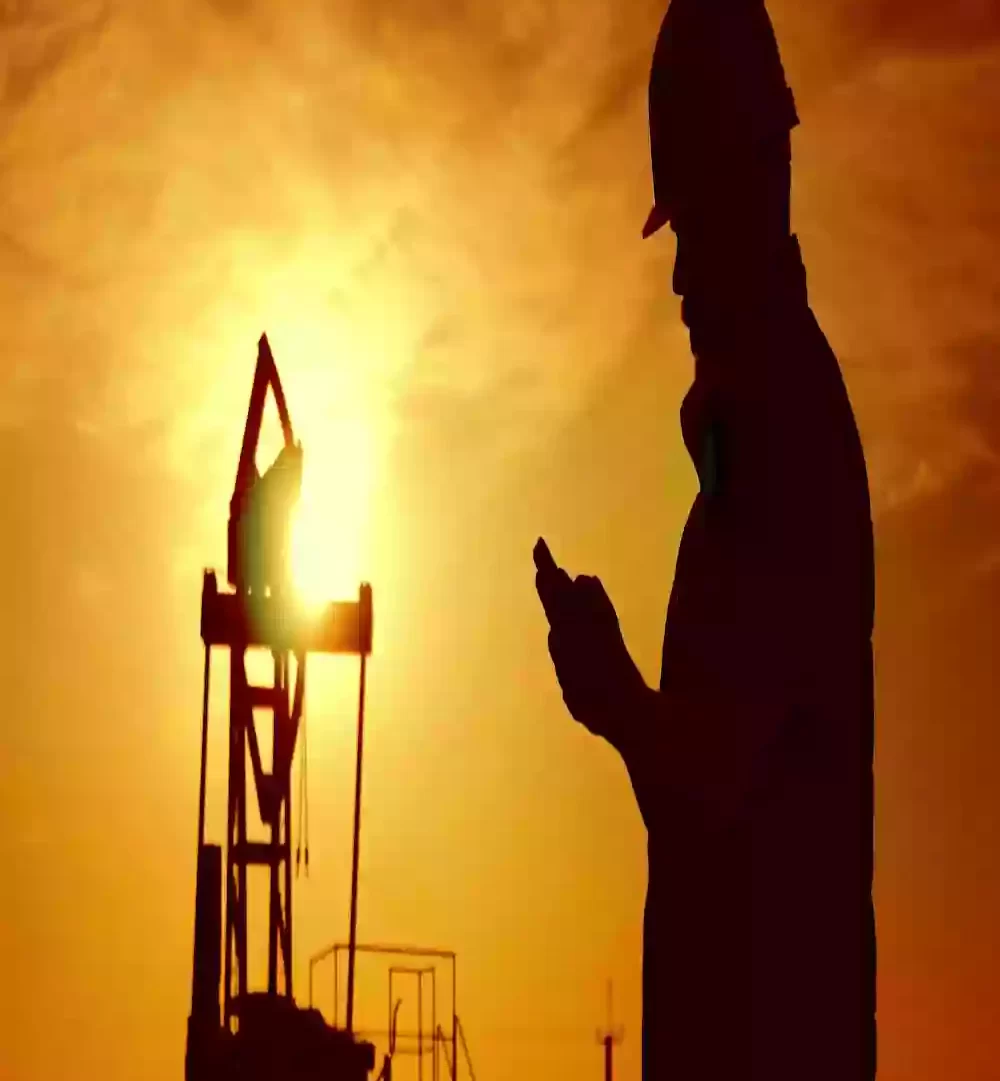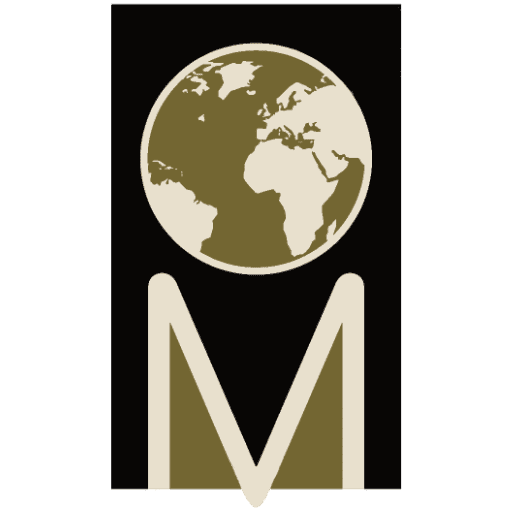Mirai Global Corp takes center stage in the petroleum industry, serving as a facilitator in negotiations with the world’s foremost oil giants. Setting ourselves apart from resellers, we specialize in assisting clients in negotiating with the leading petroleum companies globally. This unique role positions us to provide clients direct access to negotiation blocks with some of the top players in the industry, enabling seamless transactions for D6, Jet A1, EN590 10 ppm, Gasoline Octanages ranging from 89-97, and LNG (Liquefied Natural Gas). Our strategic partnerships extend to derivatives such as PetCoke and petroleum-based fertilizers, contributing to comprehensive development. All our deliveries adhere to the Incoterm 2020 CIF ASWP (Cost, Insurance, and Freight – Any Safe World Port) standard or FOB (Free On Board) Houston, reflecting our commitment to straightforward, clear, and transparent procedures.
Petroleum Fuels Sector
WELCOME TO PETROLEUM SECTOR
Mirai Global Corp: Your Gateway to Unparalleled Petroleum Transactions

Key Features:

Facilitating Negotiations with Industry Leaders:
Mirai Global Corp stands as a facilitator, not a reseller, assisting clients in negotiations with the foremost petroleum companies globally. Our unique position ensures direct access to prime resources.
Exclusive Access to Premium Resources:
By not engaging in resale activities, we provide clients exclusive access to negotiation blocks with major players in the petroleum industry, offering a unique and direct avenue for their energy needs.
Comprehensive Product Portfolio:
Our comprehensive range of offerings includes D6, Jet A1, EN590 10 ppm, Gasoline Octanages, LNG, PetCoke, and petroleum-based fertilizers. This diverse portfolio caters to a wide spectrum of energy and development requirements.
Strategic Access to Derivatives:
Beyond primary products, our partnerships extend to derivatives like PetCoke and petroleum-based fertilizers, contributing to a holistic approach to energy and development.
Operational Excellence with Incoterm 2020 CIF ASWP:
Adhering to the Incoterm 2020 CIF ASWP (Cost, Insurance, and Freight – Any Safe World Port) standard, our deliveries ensure a secure and efficient process for clients, reaching Any Safe World Port.
Simple, Clear, Transparent Procedures:
Mirai Global Corporation is committed to operational simplicity, providing clients with straightforward and transparent procedures from negotiation to product delivery.
Mirai Global Corp is committed to revolutionizing the landscape of petroleum transactions, providing clients with unique access and strategic facilitation with the major players in the industry. Our dedication to transparency and simplicity positions us as a reliable partner for all energy-related endeavors.
OUR PRODUCTS
Jet A-1 is a Kerosine
Jet A-1 is a kerosine grade of fuel suitable for most turbine engined aircraft.
It is produced to a stringent internationally agreed standard, has a flash point above 38°C (100°F) and a freeze point maximum of -47°C.
It is widely available outside the U.S.A. Jet A-1 meets the requirements of British specification DEF STAN 91-91 (Jet A-1), (formerly DERD 2494 (AVTUR)), ASTM specification D1655 (Jet A-1) and IATA Guidance Material (Kerosine Type), NATO Code F-35.
Download to Product Sheet »
BITUMEN (Petroleum Asphalt)
Bitumen is a black or dark-colored (solid, semi-solid, viscous), amorphous, cementitious material that can be found in different forms, such us rock asphalt, natural bitumen, tar and bitumen derived from oil, which is referred to as petroleum bitumen.
Download to Product Sheet »
Diesel Fuel Oil D6
D6 is also be known as Residual Fuel Oil and is of high-viscosity. This particular fuel oil requires preheating to 220 – 260 Degrees Fahrenheit. D6 is mostly used for generators.
D6 is a type of residual fuel, mainly used in power plants and larger ships. The fuel requires to be preheated before it can be used. It is not possible to use it in smaller engines or vessels/vehicles where it is not possible to pre-heat it. D6 is its name in the USA. In other parts of the world it has other names.
Download Product Sheet »
DIESEL - EN590 10ppm
EN590 describes the physical properties that all automotive diesel fuel must meet if it is to be sold in the European Union and Britain. Automotive diesel has national variants but the usual variants traded are EN590 and EN560 which are specified by ISO in Paris.
EN590 for diesel (in Europe) has been around for almost 20 years. However fuel, like most products, is subject to a process of continuous development – and that development includes responding to legislation. The EN590 standard has been amended many times since 1993.
Download Product Sheet »
GASOLINE OCTANE - 89
It is a standard measure of the performance of an engine or aviation fuel. The higher the octane number, the more compression the fuel can withstand before detonating (igniting). In broad terms, fuels with a higher octane rating are used in high performance gasoline engines that require higher compression ratios. In contrast, fuels with lower octane numbers (but higher cetane numbers) are ideal for diesel engines, because diesel engines (also referred to as compression-ignition engines) do not compress the fuel, but rather compress only air and then inject fuel into the air which was heated by compression. Gasoline engines rely on ignition of air and fuel compressed together as a mixture, which is ignited at the end of the compression stroke using spark plugs. Therefore, high compressibility of the fuel matters mainly for gasoline engines. Use of gasoline with lower octane numbers may lead to the problem of engine knocking.
Download to Product Sheet »
GASOLINE OCTANE - 90
It is a standard measure of the performance of an engine or aviation fuel. The higher the octane number, the more compression the fuel can withstand before detonating (igniting). In broad terms, fuels with a higher octane rating are used in high performance gasoline engines that require higher compression ratios. In contrast, fuels with lower octane numbers (but higher cetane numbers) are ideal for diesel engines, because diesel engines (also referred to as compression-ignition engines) do not compress the fuel, but rather compress only air and then inject fuel into the air which was heated by compression. Gasoline engines rely on ignition of air and fuel compressed together as a
The most common type of octane rating worldwide is the Research Octane Number (RON). RON is determined by running the fuel in a test engine with a variable compression ratio under controlled conditions, and comparing the results with those for mixtures of iso-octane and n-heptane.
Download to Product Sheet »
GASOLINE OCTANE - 92
It is a standard measure of the performance of an engine or aviation fuel. The higher the octane number, the more compression the fuel can withstand before detonating (igniting). In broad terms, fuels with a higher octane rating are used in high performance gasoline engines that require higher compression ratios. In contrast, fuels with lower octane numbers (but higher cetane numbers) are ideal for diesel engines, because diesel engines (also referred to as compression-ignition engines) do not compress the fuel, but rather compress only air and then inject fuel into the air which was heated by compression. Gasoline engines rely on ignition of air and fuel compressed together as a
The most common type of octane rating worldwide is the Research Octane Number (RON). RON is determined by running the fuel in a test engine with a variable compression ratio under controlled conditions, and comparing the results with those for mixtures of iso-octane and n-heptane.
Download to Product Sheet »
GASOLINE OCTANE - 93
It is a standard measure of the performance of an engine or aviation fuel. The higher the octane number, the more compression the fuel can withstand before detonating (igniting). In broad terms, fuels with a higher octane rating are used in high performance gasoline engines that require higher compression ratios. In contrast, fuels with lower octane numbers (but higher cetane numbers) are ideal for diesel engines, because diesel engines (also referred to as compression-ignition engines) do not compress the fuel, but rather compress only air and then inject fuel into the air which was heated by compression. Gasoline engines rely on ignition of air and fuel compressed together as a
Another type of octane rating, called Motor Octane Number (MON), is determined at 900 rpm engine speed instead of the 600 rpm for RON.[1] MON testing uses a similar test engine to that used in RON testing, but with a preheated fuel mixture, higher engine speed, and variable ignition timing to further stress the fuel’s knock resistance. Depending on the composition of the fuel, the MON of a modern pump gasoline will be about 8 to 12 octane lower than the RON, but there is no direct link between RON and MON. Pump gasoline specifications typically require both a minimum RON and a minimum MON.
Product Sheet »
GASOLINE OCTANE - 95
It is a standard measure of the performance of an engine or aviation fuel. The higher the octane number, the more compression the fuel can withstand before detonating (igniting). In broad terms, fuels with a higher octane rating are used in high performance gasoline engines that require higher compression ratios. In contrast, fuels with lower octane numbers (but higher cetane numbers) are ideal for diesel engines, because diesel engines (also referred to as compression-ignition engines) do not compress the fuel, but rather compress only air and then inject fuel into the air which was heated by compression. Gasoline engines rely on ignition of air and fuel compressed together as a
In most countries, including Australia, New Zealand and all of those in Europe,[citation needed] the “headline” octane rating shown on the pump is the RON, but in Canada, the United States, Brazil, and some other countries, the headline number is the average of the RON and the MON, called the Anti-Knock Index (AKI), and often written on pumps as (R+M)/2). It may also sometimes be called the Posted Octane Number (PON).
Download to Product Sheet »
GASOLINE OCTANE - 97
It is a standard measure of the performance of an engine or aviation fuel. The higher the octane number, the more compression the fuel can withstand before detonating (igniting). In broad terms, fuels with a higher octane rating are used in high performance gasoline engines that require higher compression ratios. In contrast, fuels with lower octane numbers (but higher cetane numbers) are ideal for diesel engines, because diesel engines (also referred to as compression-ignition engines) do not compress the fuel, but rather compress only air and then inject fuel into the air which was heated by compression. Gasoline engines rely on ignition of air and fuel compressed together as a
Because of the 8 to 12 octane number difference between RON and MON noted above, the AKI shown in Canada and the United States is 4 to 6 octane numbers lower than elsewhere in the world for the same fuel. This difference between RON and MON is known as the fuel’s Sensitivity, and is not typically published for those countries that use the Anti-Knock Index labelling system.
Download to Product Sheet »
- LIQUEFIED NATURAL GAS (LNG):
Clear, odorless and colorless, LNG is typically 85-95% methane, which contains less carbon than other forms of fossil fuels. It also contains tiny amounts of ethane, propane, butane and nitrogen; the exact composition varying depending on its source and processing.
Although the use of LNG has been instrumental in lowered emissions and improved air quality, natural gas does have an environmental footprint, including methane emissions and carbon emissions.
The power plants take natural gas from natural gas pipelines, liquefy it in small-scale liquefaction facilities, and store it in cryogenic tanks. The LNG is regasified and burned by the power plants when needed. Some ships, trucks, and buses have specially designed LNG tanks to use LNG as fuel.
Global LNG outlook for 2023 can remain strong but LNG demand growth will eventually decline, but not until 2030 – when Europe’s decarbonation and energy security policies take effect. It’s not a good sign for the global LNG industry.
Access to Derivatives for Holistic Development:
PetCoke:
Our strategic approach extends to derivatives like Petroleum Coke (PetCoke), serving various industrial applications.
Download to Product Sheet »
DOWNLOAD DOCUMENT TEMPLATES:- B.C.L.
- L.O.I.
- M.O.U.
- PROCEDURE
- R.W.A.
- B.C.L.
- L.O.I.
- M.O.U.
- PROCEDURE
- R.W.A.
Here you can find a model of Bank Certificate Letter. You can use it by customizing it with your logo or take it as a reference to create your own.
Note: Remember that a BCL is not a Guarantee document, it is a document where your bank indicates the existence of funds or lines of financing for your operations. (** It has to be issued for the amount of two (2) deliveries)
Legal Notice : That we are aware that the issue and delivery of a LOI, RWA LETTER, BCL, ICPO, POF, SBLC, DLC, BG, LC, SPA, NCNDA/IMPFA, MT799, MT760, MT700, MT103 or any other false or fraudulent business document will be considered an offense punishable by the any law enforcement, judicial or commercial law enforcement of any country or international organization, such as, for example, FBI, Interpol, Europol, Office European of Lutte Anti-Fraude Or (OLAF) Or The International Chamber of Commerce (ICC).
A Memorandum of Understanding (MoU) is a foundational document that establishes a mutual understanding and commitment between parties involved in the operations of petroleum and fuel. This MoU serves as a framework to advance and formalize cooperative efforts in the oil and fuel sector.
Key Components:
- Objective: The primary objective of this MoU is to define and strengthen the collaboration between the parties in the field of petroleum and fuel operations. It outlines the shared goals and aspirations that both parties aim to achieve through their partnership.
- Operational Scope: The MoU clearly delineates the specific areas within the petroleum and fuel sector where collaboration is intended. This may include exploration, extraction, refining, distribution, or any other relevant aspect of the industry.
- Roles and Responsibilities: Clearly defined roles and responsibilities of each party are outlined to ensure a harmonious and efficient collaboration. This includes delineating tasks related to regulatory compliance, safety standards, environmental considerations, and operational protocols.
- Duration: The MoU stipulates the timeframe during which the collaborative efforts are expected to take place. This could include specific projects, initiatives, or a more extended partnership, with provisions for extension or termination based on mutual agreement.
- Confidentiality: To protect sensitive information, the MoU may include clauses outlining the confidentiality of proprietary data, trade secrets, and any other confidential information shared during the course of collaboration.
- Legal Framework: The document may highlight the legal framework governing the MoU, including dispute resolution mechanisms, governing law, and jurisdiction, ensuring a clear understanding of the legal aspects of the collaboration.
- Financial Arrangements: Financial aspects, such as funding, investment, revenue-sharing, or any other financial considerations, are articulated in the MoU to avoid misunderstandings and establish a fair and equitable distribution of resources.
- Compliance and Regulatory Commitments: Both parties commit to adhering to relevant laws, regulations, and industry standards. This includes environmental regulations, health and safety guidelines, and any other legal obligations applicable to the petroleum and fuel sector.
- Review and Amendment: A provision for periodic reviews and potential amendments is included, allowing the parties to adapt to changing circumstances or modify the terms based on the evolving nature of the collaboration.
The signing of this Memorandum of Understanding represents a significant step forward in formalizing the commitment between the parties involved in petroleum and fuel operations. It provides a structured framework for cooperation, fostering a transparent and mutually beneficial partnership in this critical sector.
In addition to the follow-up that MIRAI GLOBAL CORPORATION will give at all times to the purchase process and procedures, the controls that we will carry out accompanied and in collaboration with a law firm of 7 lawyers specialized in international contracts of commodities and fuels (and their derivatives), it is very important that the “final buyer” knows, before starting the negotiation of the purchase, that:
- That the “Final Buyer” will NOT have to pay any amount in advance, neither for the product, nor for the fees, nor for taxes, nor for the freight, nor for travel, nor for meetings, nor for any other reason other than that indicated to the “Final Selling” in the sales procedures,
- That the “Final Buyer” will only pay when the product is already at the destination port verified by SGS, Intertek and/or CIQ, when sales are in CIF terms, or in their tanks/vessels, when sales are in FOB terms.
And, finally, reiterate that the purchase process is not negotiable nor can it be avoided. And that in all cases, for all products ordered by a “Final Buyer”, you must provide a Letter Of Intent (LOI) + company profile (and/or KYC)+BCL
Here you can find a model of Ready Willing And Able. You can use it by customizing it with your logo or take it as a reference to create your own.
Note: Remember that a RWA is not a Guarantee document, It is a document issued by a bank on behalf of its client, which demonstrates the intention and ability both financial and legal to enter into a financial transaction. (** It has to be issued for the amount of two (2) deliveries)
Legal Notice : That we are aware that the issue and delivery of a LOI, RWA LETTER, BCL, ICPO, POF, SBLC, DLC, BG, LC, SPA, NCNDA/IMPFA, MT799, MT760, MT700, MT103 or any other false or fraudulent business document will be considered an offense punishable by the any law enforcement, judicial or commercial law enforcement of any country or international organization, such as, for example, FBI, Interpol, Europol, Office European of Lutte Anti-Fraude Or (OLAF) Or The International Chamber of Commerce (ICC).

